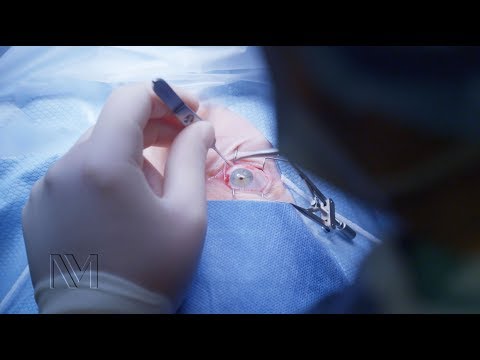Causes and Diagnoses
Causes and Diagnoses of Diabetic Retinopathy
The cause of diabetic retinopathy is diabetes, and anyone with diabetes is at risk for the disease. The longer a person has diabetes, the more likely it is that he or she will develop diabetic retinopathy.
Although diabetic retinopathy cannot be prevented, the risk of developing it can be reduced by:
- Having a dilated eye examination once a year. An eye exam does not prevent retinopathy, but it can help diagnose eye problems that can then be treated. An eye exam can also alert the patient and health care provider if the diabetes needs to be better controlled.
- Strictly managing diabetes by:
- Taking medications as directed
- Using insulin as directed
- Eating to manage blood sugar level
- Exercising to lower and help the body use blood sugar
- Testing blood sugar levels regularly
- Testing urine for ketone levels regularly
- Regular health care follow-up to evaluate diabetes control and rule out or treat other risk factors, such as high blood pressure
Diagnosing diabetic retinopathy
In addition to a complete medical history and eye examination, your eye care professional may perform the following tests to diagnose diabetic retinopathy:
- Visual acuity test: This common eye chart test measures vision ability at various distances using a series of lenses.
- Tonometry: This standard test determines the intraocular pressure (IOP) inside the eye.
- Pupil dilation: The pupil is widened with eye drops to allow a close-up examination of the eye's lens and retina.
- Ophthalmoscopy: A specialist looks very closely at the retina using a special magnifying glass.

